
Ink Japanese Ink Painting
The Origins of Japanese Art 2. Zen & The Tea Ceremony 3. The Art of the Samurai 4. Edo Beauty in Ukiyo-e Prints 5. Traditional Japanese Architecture 6. The Rise of Japanese Ceramics 7. Japanese Art: The Splendor of Meiji 8. Modern Japanese Architecture 9. The Japanese Art of Craftsmanship 10. The Future of Japanese Contemporary Art 1.
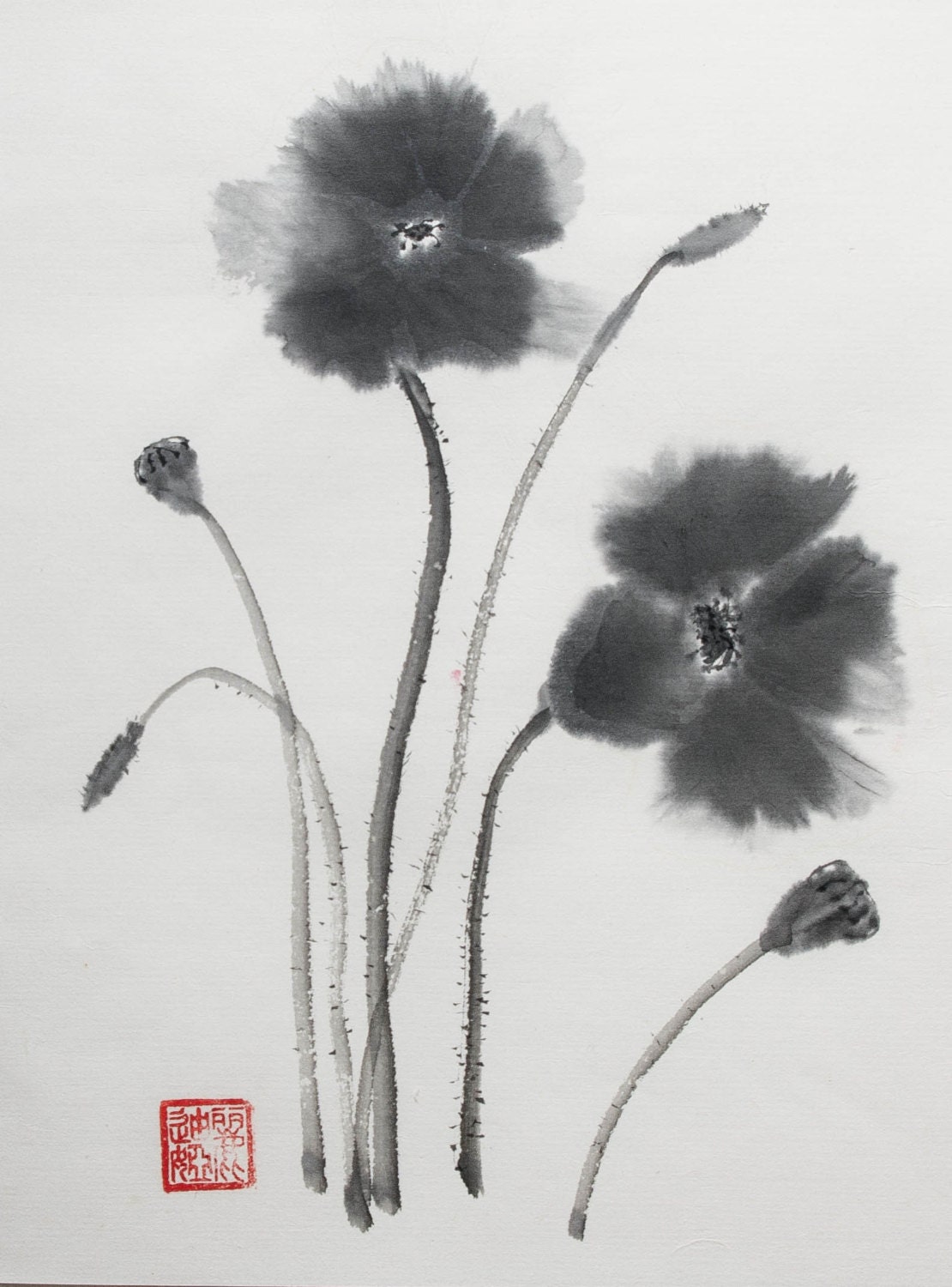
Japanese Ink Painting Suibokuga Sumie Chinese Brush
Japanese art is one of the world's greatest treasures. From unique styles of ink painting and calligraphy, through innovative ceramics and magnificent woodblock prints, the contributions of Japanese artists are unmatched. In this two-part series we at Japan Objects will introduce you to some of the stories behind Japanese art and how it came to be.

Title "Serenity" Sumie (Japanese ink Painting) Japanese ink painting, Japanese art ink
Japanese art consists of a wide range of art styles and media that includes ancient pottery, sculpture, ink painting and calligraphy on silk and paper, ukiyo-e paintings and woodblock prints, ceramics, origami, bonsai, and more recently manga and anime.
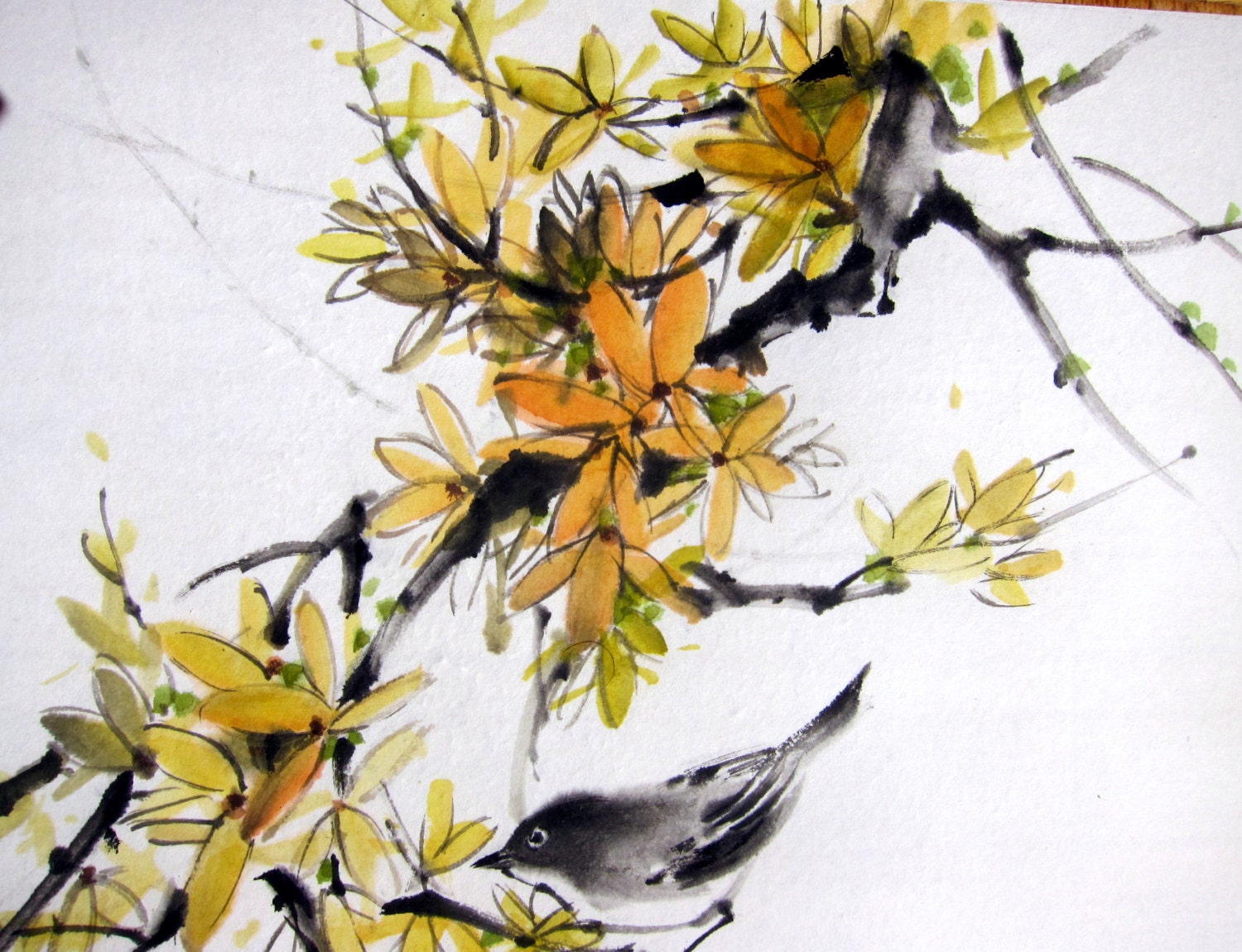
Japanese Ink Painting Asian art Ink art Sumie Suibokuga
The most influential Japanese ink master,. Legitimizing genealogies are a hallmark of Japanese art history. The advancement of ink painting under the influence of Sesshū is part and parcel of the second Ashikaga-patronized sociocultural sub-period—the so-called Higashiyama culture, named after an area east of Kyoto, where the shōgun.

Japanese Ink Painting 1 by CromeCre8ive on DeviantArt
Sumi-e (墨絵風) also known as suiboku-ga, is Japanese monochrome ink painting or 'ink wash painting'. Sumi-e paintings in essence are beautiful forms of art, and they traditionally encompass philosophy as well. The origin of sumi-e paintings have roots in Chinese calligraphy, which can be noted by the similar brush strokes.

Suibokuga Japanese ink painting Sumie Floral Spring is coming
Japanese ink art is prized as a beautiful symbol of Japanese culture. Though highly influenced by China, Japanese painters succeeded in creating highly original and distinctive styles and works.

Japanese Ink Painting Practice on FIT Portfolios
Suibokuga is a style of monochrome painting characterized by the use of just two things, black ink (sumi) and water. Deceptively simple, suibokuga artists make use of these two seemingly mundane materials to create a complex world of light, form, and even texture.
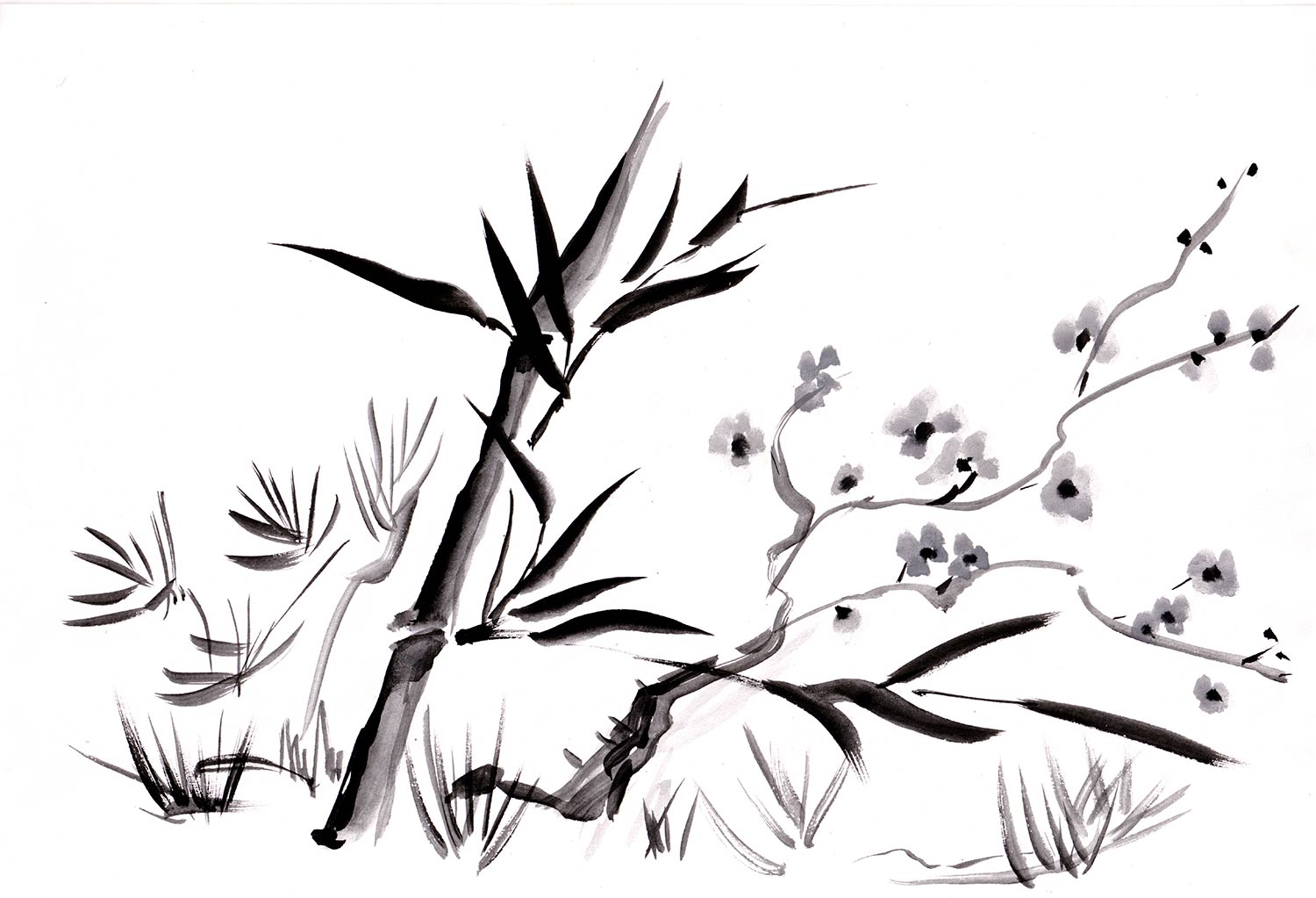
SUIBOKUGA JAPANESE ART OF INK PAINTING OYAKATA
Check out our japanese art ink selection for the very best in unique or custom, handmade pieces from our shops.

Japanese Ink Painting Rice Paper painting Sumie by Suibokuga Lotus art, Lotus flower painting
Japanese ink painting, known as Sumi-e in Japan, depicts Japanese culture and aesthetics. Sumi translates to black ink and e translates to painting. Together, it represents the.
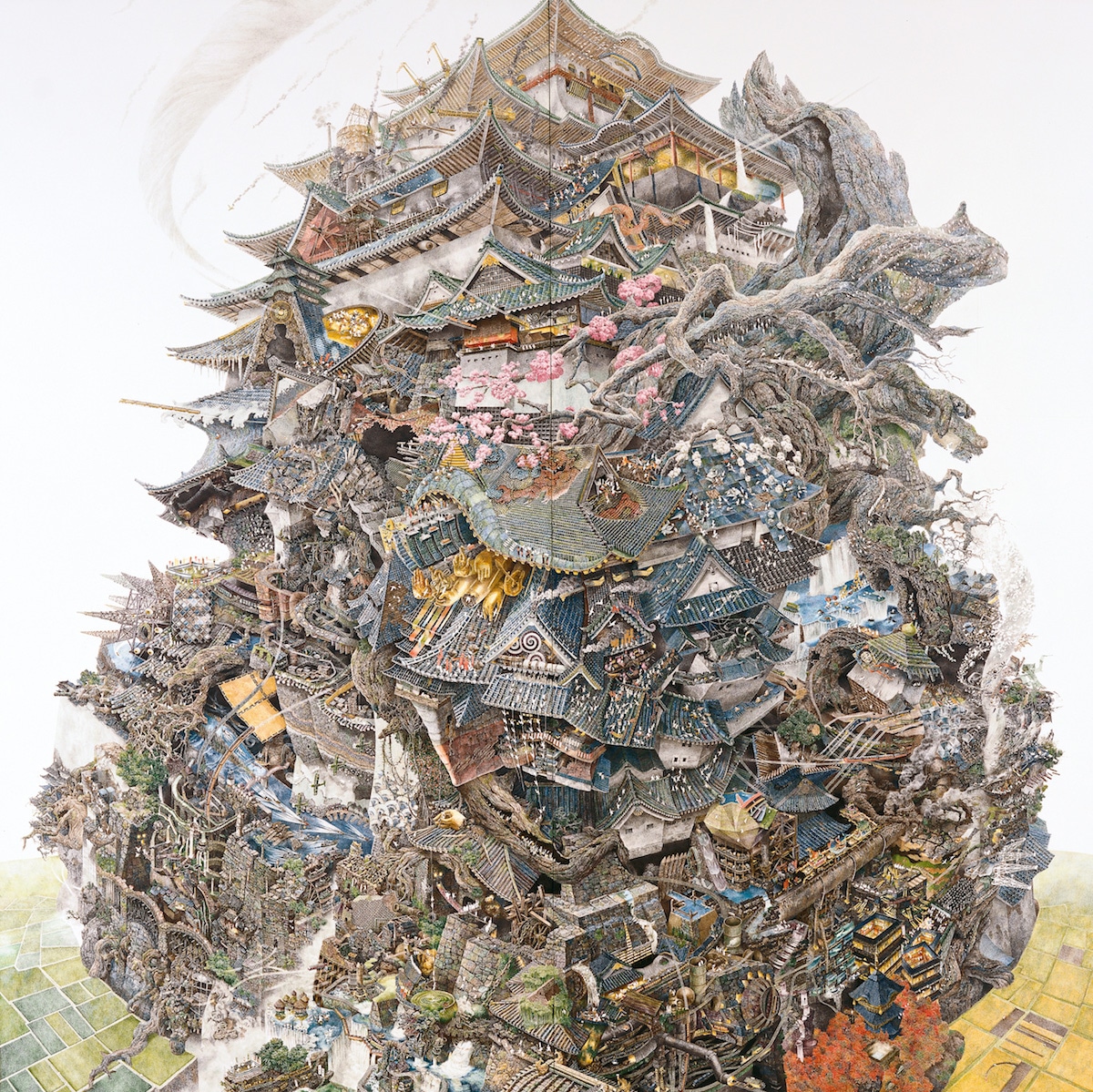
The Intricate, LargeScale Pen and Ink Drawings of Manabu Ikeda
Ink is indispensable for those responsible for administration and culture. For this reason, ink was produced all over Japan in ancient times. Circumstances changed, however; there is a reason that Nara became famous for ink production. This is because, at the beginning of the Muromachi period, a monk at the Kōfuku-ji Temple tried making ink.
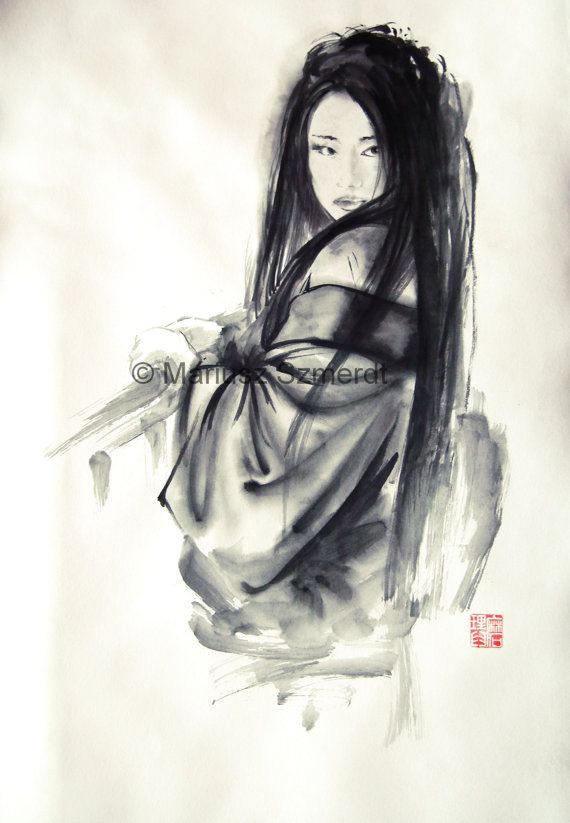
All About Japanese Art And The Contributions It Has Made To The World Bored Art
Drawing ensō is a disciplined-creative practice of Japanese ink painting, sumi-e. The tools and mechanics of drawing the ensō are the same as those used in traditional Japanese calligraphy: One uses an ink brush to apply ink to washi (a thin Japanese paper). The circle may be open or closed.

Japanese Ink Painting Course Ink Landscapes The East
Specialty Japanese Art Papers; Niji Watercolor Paper Pads; Craft Tools. SUMI INK. Experience the joy of black ink painting. ORIGAMI. Explore your creativity with our beautiful papers!. As purveyors of fine art and craft materials since 1954, we have a history of bringing affordable, quality supplies from Asia to the Western world. We.

Japanese Ink Painting, Japanese Drawings, Japanese Artwork, Japanese Tattoo Art, Japanese Art
1. Shodo (Calligraphy) Japanese calligraphy, or shodo, is a captivating and ancient art form that combines the beauty of written language with the fluidity of brush strokes. With its roots in Chinese calligraphy, shodo has evolved over the centuries into a distinctly Japanese expression of culture and aesthetics.

Japanese Ink Painting Suibokuga,Sumie Brush painting Pink Flowers, Rice Paper painting
By Hasegawa Tōhaku - Museum, Public Domain. Japanese ink painting or Sumi-e is the manifestation of Japanese aesthetics on canvas. It derives its name from two Japanese words Sumi which means "ink" and e which means "painting". Sumi-e travelled all the way from China along with the Zen Buddist monks. 14th-century art was initially.
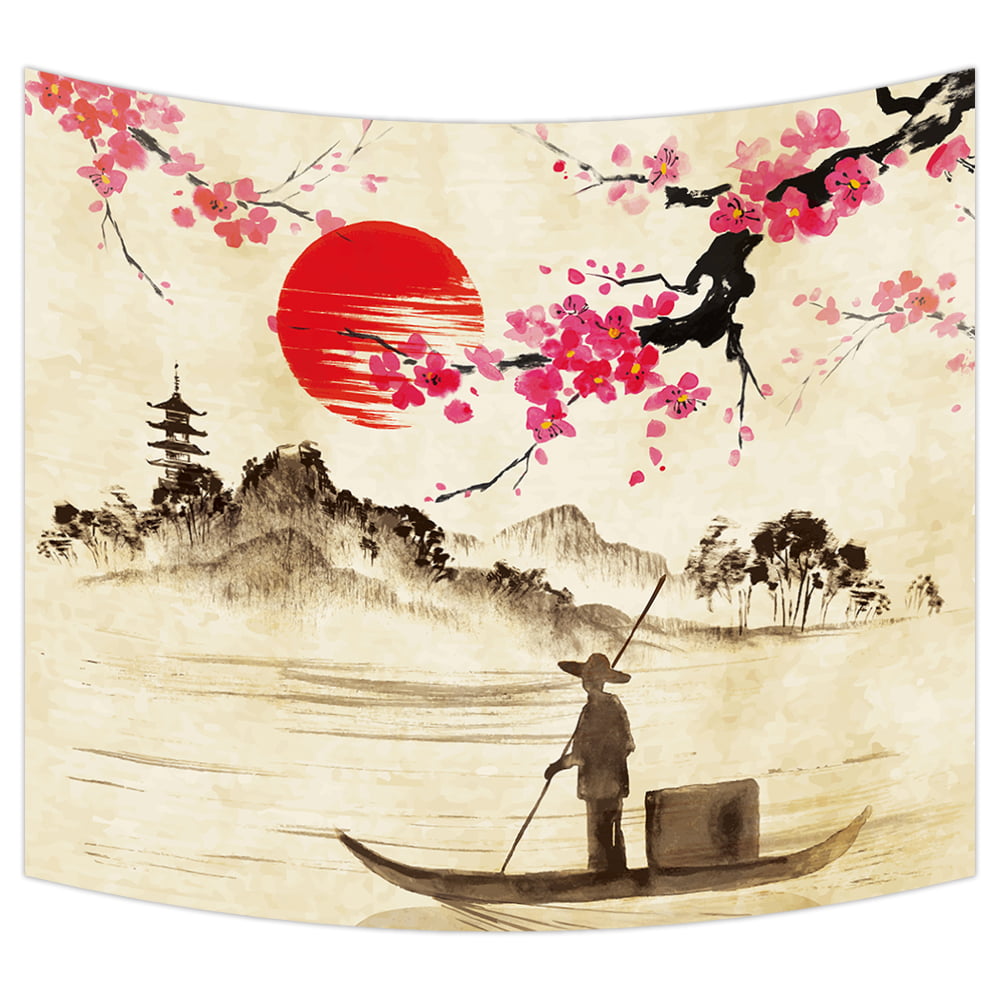
YKCG Creative Classical Japanese Ink Painting Sunset Sakura Branches Fishman Lake Landscape Wall
The art of Japanese calligraphy is an ancient art practice that involves the elegant art of expressive lettering and was used to create beautiful kanji and kana characters with flowing lines, scripted using a brush and ink.

Sumie Japanese Ink Painting I with Takumasa Ono Bagri Foundation celebrating Arts and
Japanese ink painting, or sumi-e, is the embodiment of Japanese aesthetics. Using just simple black ink and carefully curated white space, sumi-e captures the timeless beauty and complexity of the natural world.